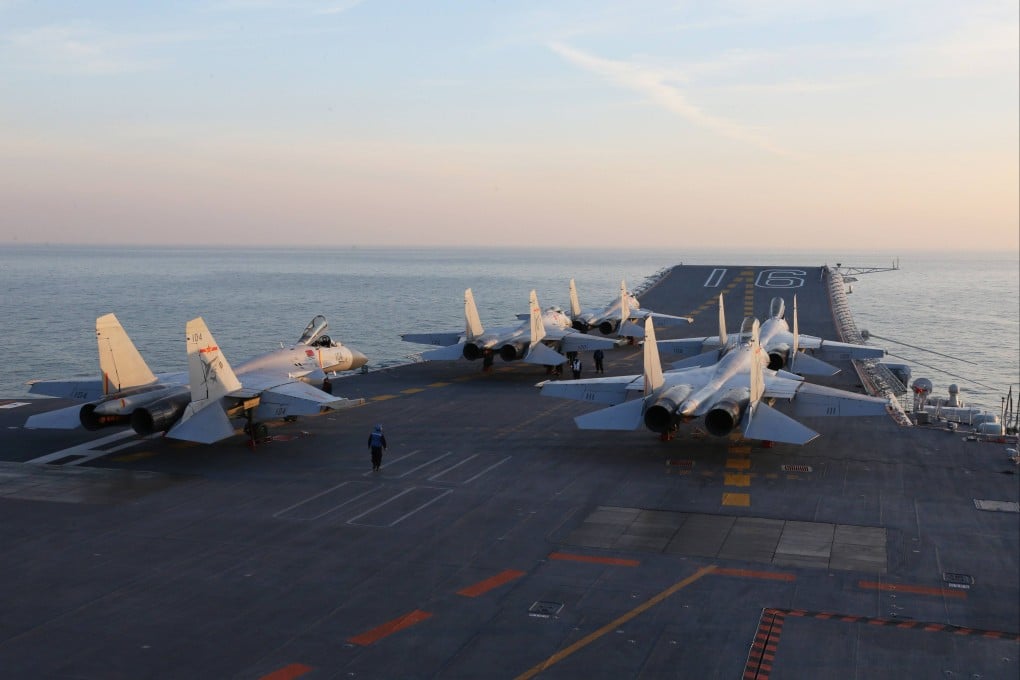China recruits women to fly carrier-based warplanes as navy faces pilot shortage
- The country will also allow university graduates with STEM backgrounds to enter naval aviation pipeline as part of new recruitment drive
- Successful candidates to head to aviation academy for three or four years of training

According to the notice, candidates must be recent graduates holding a bachelor’s degree in science, technology or engineering. They should not be over 24 years old and must have a clean political and criminal record.
After two screening rounds in March and April, successful candidates will head to China’s Naval Aviation University in Yantai, Shandong province, for three to four years of theoretical and flight training.
Training at the Naval Aviation University is required for all carrier-based pilots. Previously, the institution only recruited from high schools, typically those that provide specialised training in cooperation with the Chinese navy.
While the Chinese military has trained women to fly fighter jets such as the J-10, it did not previously recruit them to pilot carrier-based craft.